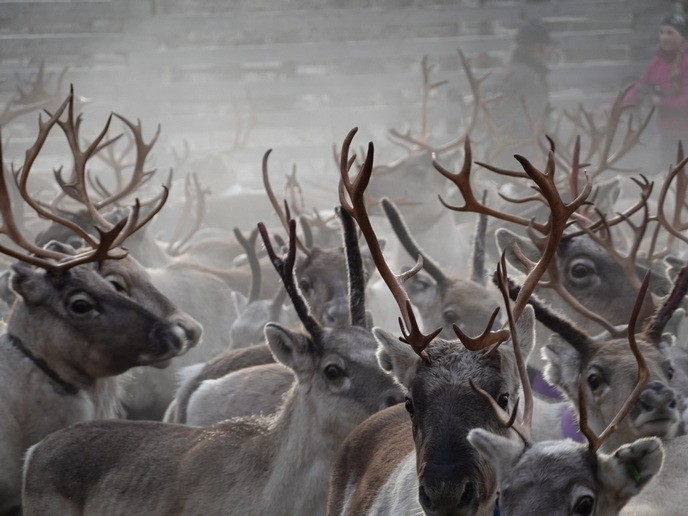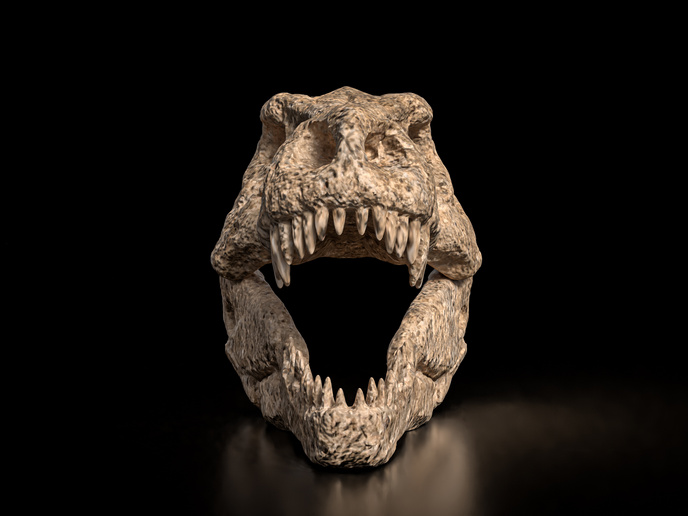A look at livestock in the late Bronze Age and late antiquity
They say that you have to know the past to understand the present. So, to understand contemporary meat consumption, a group of researchers with the EU-funded ZooMWest project(opens in new window) looked to the late Bronze Age and late antiquity. “In the western Mediterranean, these were periods marked by big societal and economic changes,” says Silvia Valenzuela-Lamas, a tenured scientist at the Spanish National Research Council(opens in new window) and the principal investigator of the ZooMWest project, which also received funding from the European Research Council(opens in new window). The archaeological record shows that between the Bronze Age and Roman times, many people in western Europe moved out of huts and small villages and into stone houses with tiled roofs in bigger settlements. It was also during this timeframe that society shifted from a production adapted to the local availability of resources to one that centred on a more integrated market economy.
Political and economic constraints
But the change didn’t last long. By late antiquity, the level of economic integration decreased across western Europe. Happening in parallel to these changes, researchers discovered that animal husbandry and meat consumption habits changed too. For example, between the late Bronze Age and Roman times, animals became bigger and meat production more commercialised. However, during late antiquity, the opposite was true, with animals becoming smaller and production becoming more local and aligned with available resources. “We now have strong evidence that animal production is very dependent on the political-economic system, as it defines how the landscape can be exploited and how specialised animal production can become,” explains Valenzuela-Lamas. “The bigger and more interconnected a system is, the more specialised the animal husbandry.”
Giving archaeological data a place in livestock policy
This historical perspective could play an important role in developing sustainable agricultural policies. According to the European Environment Agency(opens in new window), Europe has net imports of around 27 million tonnes of soybeans and soybean products for oil production and animal feed every year. This means Europe is very dependent on overseas land for its own livestock production(opens in new window). According to Valenzuela-Lamas, changing meat consumption habits and supporting farms based on a sustainable use of local and renewable natural resources could have a positive impact on climate change – and knowing why such habits changed in the past could be key to doing so. “I am committed to taking archaeology out of the museum and turning it into practical, understandable and useful information,” she says. To do this, the project team established relationships with local herders and politicians. They regularly shared their findings and showed how archaeology(opens in new window) can help us better understand today’s animal production industry.
Present-day solutions
Furthermore, the project disseminated its results via informative videos and press releases, and through the website. Researchers also held sessions where herders and other stakeholders could see and feel how animal bones changed in size depending on available resources. “The bones buried below our feet show us how animal husbandry adapted to political, economic, environmental and technological changes,” concludes Valenzuela-Lamas. “Now we must use this information to help in our present-day solutions.”







